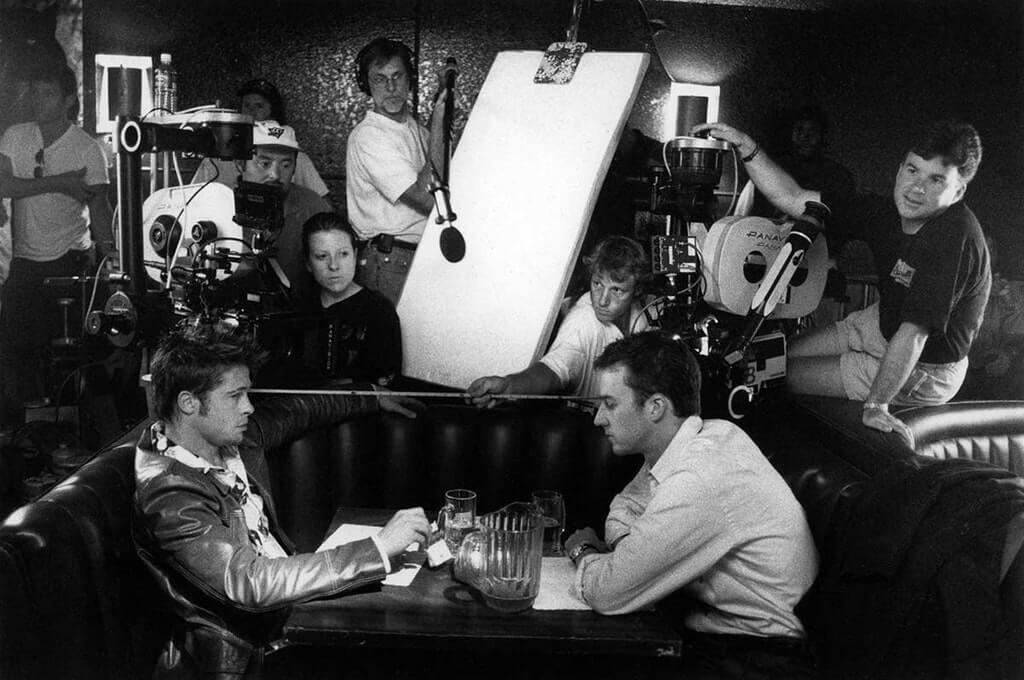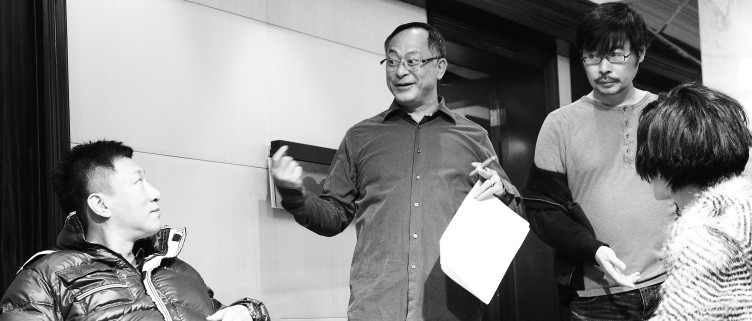How to Describe the Process of Filming from Pre-Production to Production
Unlock the Magic Discover the Ultimate Filming Process Explanation! Dive into our Comprehensive Guide Now

The Cinematic Journey Navigating the Film Production Process
The world of filmmaking is a mesmerizing blend of creativity, technology, and storytelling. From the initial spark of an idea to the final edit on the big screen, every step in the filmmaking process plays a crucial role in bringing a story to life. In this comprehensive exploration, we will delve into the intricate process of filmmaking, spanning from pre-production to post-production. This journey will illuminate the myriad of tasks, decisions, and artistic choices that filmmakers make along the way to create the captivating stories we love to watch.
Pre-Production: Laying the Foundation
Conceptualization and Scriptwriting
The filmmaking journey typically begins with an idea a concept, a story, or even just a visual image that ignites the creative spark. Once the concept is crystallized, it's time to craft a screenplay. Scriptwriting is a meticulous process that involves developing characters, dialogue, and plotlines that will drive the narrative forward. Screenwriters often draft multiple versions and collaborate with directors and producers to refine the script.
Budgeting and Financing
With a polished script in hand, the next step is to determine the project's budget. Budgeting involves estimating the costs of every aspect of the production, from cast and crew salaries to equipment rental and location expenses. Filmmakers seek financing through a combination of sources, including investors, studios, grants, and crowdfunding platforms.
Casting
Casting is a crucial pre-production phase where film makers select the actors who will bring their characters to life. Casting directors conduct auditions, and after careful consideration, the cast is finalized. Chemistry between actors and their suitability for the roles are essential factors in this decision-making process.
Location Scouting and Set Design
Locations play a pivotal role in storytelling, and finding the right settings is paramount. Location scouts search for suitable places to shoot scenes, while set designers and art directors work on creating and enhancing sets that match the vision of the film. This can involve building intricate sets or transforming existing locations to fit the desired aesthetic.
Crew Hiring
Filmmaking requires a diverse team of professionals, from cinematographers and production designers to costume designers and sound engineers. The hiring process for key crew members is a collaborative effort that often involves the director and producer. Assembling a skilled and cohesive team is crucial for the success of the project.
Planning and Scheduling
Detailed planning is essential to ensure that the film stays on track and on budget. Production schedules are created, outlining when and where each scene will be filmed. This meticulous planning helps optimize resources and time, reducing unnecessary delays and costs.
Production Bringing the Vision to Life
Principal Photography
Principal photography is the heart of filmmaking, where the script comes to life. The director, cinematographer, and the entire crew collaborate to capture each scene as envisioned. Filming involves multiple takes, careful lighting, and sound recording to ensure the highest quality footage.
Direction and Performance
The director plays a pivotal role during production, guiding actors and the crew to bring the story to life. Directors make creative decisions regarding camera angles, shot composition, and the overall visual style of the film. They work closely with actors to elicit the desired performances, often requiring emotional depth and authenticity.
Cinematography and Lighting
Cinematographers, also known as directors of photography (DPs), are responsible for translating the director's vision into visual language. They select camera equipment, lenses, and oversee the camera crew. Lighting technicians work alongside DPs to create the desired mood and atmosphere for each scene, using a variety of lighting techniques.
Sound and Music
Sound recording is a critical aspect of filmmaking. Sound engineers and boom operators ensure that dialogues, sound effects, and ambient noise are captured accurately during filming. Music composers or supervisors work on the film's score or select appropriate songs to enhance the emotional impact of the story.
Post-Production: Shaping the Final Product
Editing
Once principal photography is complete, the editor takes on the pivotal role of assembling all the footage into a coherent narrative. Editors cut and arrange scenes, refine pacing, and collaborate closely with the director to achieve the desired storytelling effect. Special effects and visual effects (VFX) are also integrated during this phase.
Sound Design and Mixing
Sound editing and mixing professionals work to enhance the auditory experience of the film. They add sound effects, clean up audio, and mix dialogue, music, and effects to create a balanced and immersive sound landscape.
Color Grading
Color grading is the process of enhancing and manipulating the colors in a film to achieve a specific visual tone or mood. Colorists adjust contrast, brightness, and color saturation to create a consistent and visually striking look for the film.
Visual Effects (VFX) and CGI
In cases where practical effects are insufficient, visual effects artists use computer-generated imagery (CGI) to create stunning and often fantastical elements within a film. VFX artists work closely with directors and editors to seamlessly integrate these elements into the final product.
Music Composition and Scoring
Film composers create original music scores to complement and enhance the emotional impact of the story. The score is meticulously composed and synchronized with the visual elements of the film, adding depth and dimension to the storytelling.
Final Cut and Quality Control
The final cut of the film undergoes rigorous quality control to ensure that it meets technical specifications and maintains creative integrity. This includes color accuracy, sound quality, and visual effects integration. Any necessary adjustments are made before the film is considered complete.
The process of filmmaking is a complex and intricate journey, requiring the collaboration of talented individuals across various disciplines. From the initial idea to the final edit, filmmakers pour their creativity, passion, and technical expertise into crafting stories that captivate and resonate with audiences worldwide. The seamless transition from pre-production to production to post-production is a testament to the dedication and artistry that define the world of cinema. As viewers, we are invited to immerse ourselves in these cinematic journeys, where dreams and stories come to life on the silver screen.
What's Your Reaction?
















